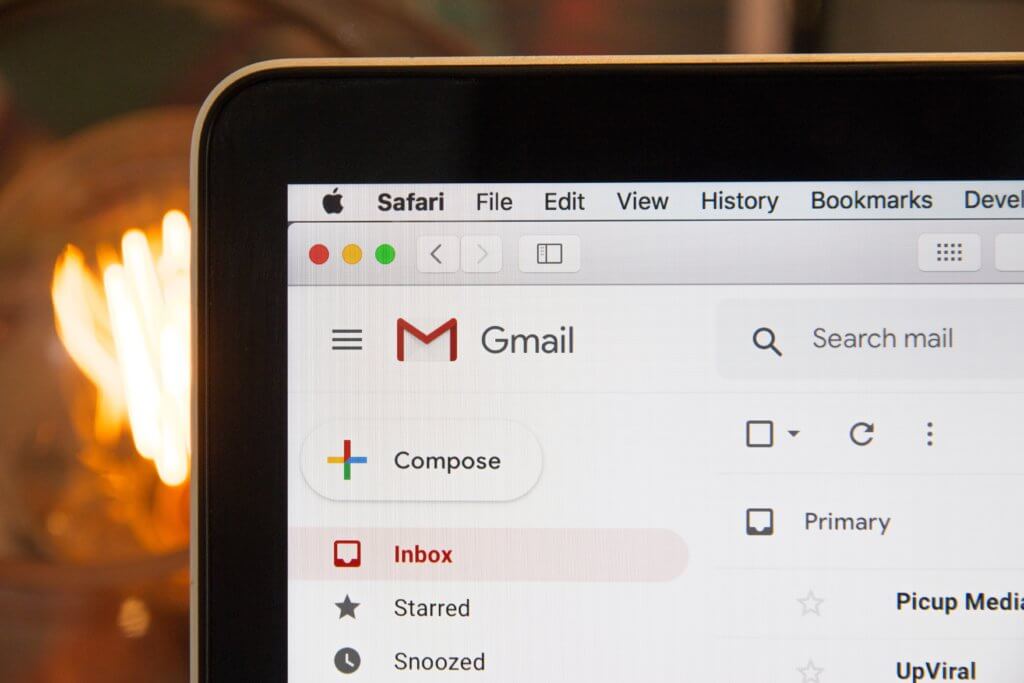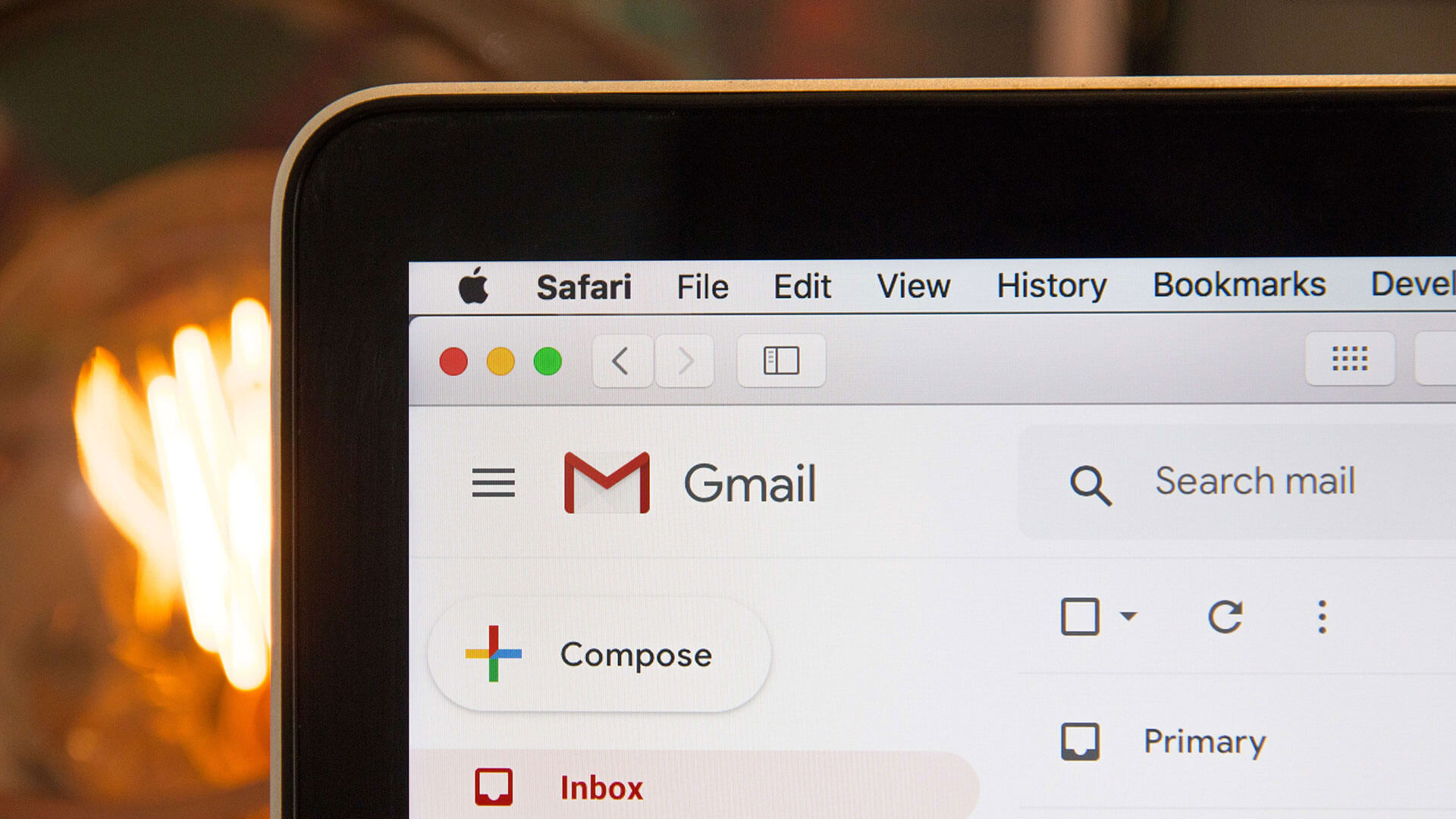What is email marketing?
when should I use it, and how can it benefit my business? Learn this and more in the ultimate guide to email marketing!
The concept of email marketing has been around since 1971, when computer engineer Ray Tomlinson developed the first system able to send email messages between users on different ARPANET hosts. Although the techniques we use and the software used to implement them have evolved over time, one thing has remained constant when it comes to email marketing: it is a surefire way to build real connections with customers and prospects, and develop a community to support a brand. People check their emails every day; some, every hour. The inbox is a personal space and one that, when used tactfully and respectfully, can help grow a brand in the best way.
In this article, we’ll cover everything you need to know about email marketing: what is it, how it works and when to use it, the myriad benefits it can have for your business, tips and tricks for producing the best possible email marketing campaign, and interesting facts about email marketing.
Let’s get started.

What Is Email Marketing?
Email marketing is a powerful form of direct content marketing. Email marketing has three main goals: to build a connection with the audience, to build the brand, and to promote products and services. Emails are a creative form of marketing. The traditional text-only email is still popular; however, modern tools make it possible to integrate additional features into emails, such as interactive infographics, photographs or illustrations, embedded videos, surveys, polls…the list goes on.
How Does Email Marketing Work?
To manage email marketing campaigns, businesses use what is commonly known as an ESP, or email service provider. This is a software used to send emails, and store, manage, and track data. ESPs are colloquially referred to as email marketing platforms or email marketing tools. Why do I need to pay for this service if I already have a free, functional email, might you ask? Well, the answer is simple. Platforms like Google, Yahoo Mail, or Outlook are ISPs – internet service providers. These are meant for personal use, and do not have the tools necessary to send and track emails on a large scale. A mass email sent from an ISP will likely be flagged as spam.
Here are just a few of the benefits of choosing an ESP for your email marketing needs:
● An ESP prevents your company domain(s) from being blacklisted
● An ESP assures compliance with various email legislations
● An ESP makes creating and managing contact lists easy
● An ESP allows you to automate processes with features like drip campaigns and automated welcome or birthday emails, saving valuable time and resources
● An ESP provides in-depth tracking and analytics tools to help optimize marketing/sales cycles
A few popular ESPs on the market today include:
● Zoho Campaigns
● Salesforce Pardot
● Campaigner
● Hubspot Marketing Hub
● Constant Contact
● SendinBlue
When Should I Use Email Marketing?
Emailing is one of the most cost-effective tools available to marketers today. In fact, the average email generates $38 for every $1 spent on the campaign – that’s a whopping 3,800% ROI! Email marketing is a useful tool for any marketer, but can be especially beneficial in the following three scenarios:
Use email marketing if you want to…
Generate New Leads
If your new incoming leads are scarce, email marketing could be the perfect way to give business a boost. This can be done by buying or renting a list of contacts, and sending a carefully crafted email to generate interest in your product and services. Be sure to include a link back to a specific page on the site, with a clear call-to-action button.
Nurture Existing Relationships with Customers
Customer loyalty is a huge part of marketing. Satisfied, happy customers will be more likely to talk about your brand online, share positive reviews, and recommend the company to friends and contacts in their network. Email marketing is a great way to nurture these relationships with existing customers, especially when it involves giving back to the customer for their ongoing commitment, like through a loyalty points program or customer discount.
Build Brand Awareness
One of the first key steps to success in the business world is recognition. An easy way to develop this recognition is by sending creative, personal, and on-brand emails to contacts. People aren’t just buying a product or service, they are buying into a company ethos. Emails are a great way to get the ball rolling.
The Benefits of Email Marketing
The benefits of email marketing for your business are endless. With 99% of consumers checking their emails every day, this tool provides plenty of opportunities for growing a business. Here are just a few of the many benefits of email marketing for businesses:
Helps build relationships with contacts through personalized content. Did you know that emails with personalized subject lines are 50% more likely to be opened and read than emails with generic subject lines? Email marketing platforms provide plenty of opportunities to connect with customers on a personal level, whether it is in the subject line, in the greeting at the top of an email, or a unique email sent to a contact based on their previous behaviour. Providing personalized content shows customers and prospects that you care, and reflects positively on the brand.
Optimizes time and budget with automation. Automation is a beautiful thing; it takes the time-consuming, repetitive steps out of the email marketing process, and helps deliver more targeted content to the right people, at the right time. Email automation might include a welcome email series, reminder notifications, birthday, anniversary, or milestone emails, exclusive VIP content, or product updates and launches.

Ability to collect data and feedback. Most ESPs for marketing teams come with in-depth analytics capabilities. These metrics include crucial data like CTR (clickthrough rate,) which determines the effectiveness of an email, and bounce rate, which determines the percentage of emails that were not delivered successfully. This information can be used to improve the overall email marketing strategy, and provide more targeted content to the audience.
Generates new traffic to the site. Emails are a great way to engage contacts and get them to visit your website. All you have to do is include relevant links in the email that relay back to your page. You can also include useful and informative blogs, articles, whitepapers, or any other type of content that lives on the website.
Establishes authority in the industry. A key goal for business owners is to build trust and authority within the industry – to position oneself as an industry expert. There is no better way to convince customers you are the best person for the job than through email marketing. By providing informative and interesting content to your contact base in the form of newsletters, articles, and announcements, you will start to build a positive reputation as a company.
Tips and Tricks for Email Marketing
Before launching an email marketing campaign, it’s important to know “the rules.” Here are a few essential tips and tricks from the experts when it comes to email marketing:
Use A/B testing to deliver the best possible version of an email. A/B testing is the process of sending two emails to two different batches of contacts. The emails are almost exactly the same, but have a few elements that differ (this might include changing the subject line, introductory line, “from” email, or experimenting with emojis).The goal is to analyze which email performed best, and to adapt future emails to include the elements used in the more successful one. One tool we use at PaintedRobot for A/B testing is Zoho Campaigns.

Always have a clear CTA. Emails should always be crafted with a goal in mind, whether it is encouraging one to sign up for a newsletter, sending prospects to the website, or asking contacts to sign up for a webinar. There should only be one “desired action” per page, which should be elucidated with the use of a colourful, highly visible call to action button near the top of the page. Keep in mind you can use the same CTA multiple times throughout the page.
Keep content brief and to the point. As mentioned above, the goal of email marketing is to get someone to do something after opening an email. With this in mind, it’s important to keep sentences short – 25 words or less – and use basic language that can be understood at a glance. Jargon is an absolute no-no.
Sell benefits, not features. This is a mantra known to most marketers nowadays, but it is one that is often forgotten. In creating email content, it is so important to write with the audience in mind. Customers are more interested in how a product or service will improve their own lives, not about how it has more bells and whistles than your competitors’.
Test before sending, always. Even the best marketers in the world make mistakes. It happens to all of us. Before sending any email, be sure to read it over and test sending it to your own inbox. You can always email it to a colleague to have someone read over the content with fresh eyes.
5 Fast Facts About Email Marketing
Before we wrap up, here are a few fast facts about email marketing for your to share with the team at your next meeting:
1. The average open rate for an email is 21%. The average open rate for a welcome email; however, is a staggering 81%.
2. Nearly 60% of B2B marketers say email is their most successful tool in terms of revenue generation.
3. According to 10 separate email marketing studies, Tuesdays are the best days for sending emails.
4. About 73% of young adults (18 to 24-year-olds) access their emails via mobile phone.
5. More than one third of marketers send their customers 3 to 5 emails per week.
Email marketing is the bedrock of any successful digital marketing strategy. From copywriting to list segmentation to designing the email template, there is always something new to learn. For more information about the benefits of email marketing, or to find out how adopting an email marketing strategy can boost your business, get in touch with us at PaintedRobot today.
This article is part of an ongoing series; The Ultimate Guide for Content Marketing. Please see our other articles in this series for more details.
The Ultimate Guide Series
Content Marketing: The Ultimate Guide
Webinars and Podcasts: The Ultimate Guide
Blogging: The Ultimate Guide
Social Media Marketing: The Ultimate Guide







